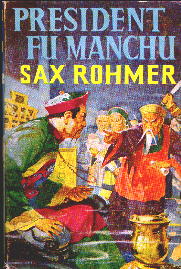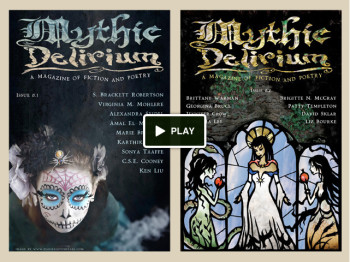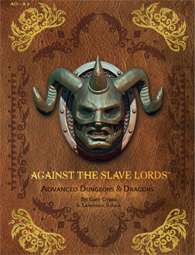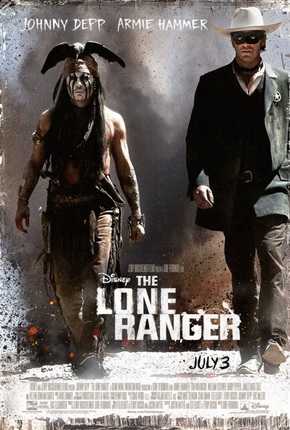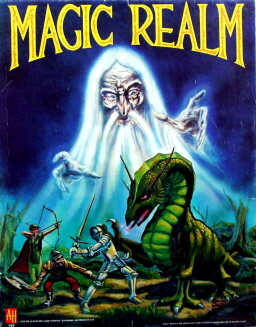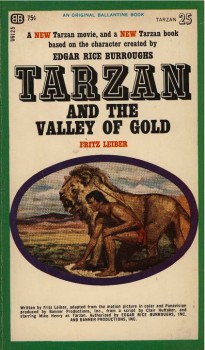You Think You’ve Got Problems? Where’d I Put That Wand . . .
 When dealing with sorcery, often the precise source or methodology of the magic is part of the premise of the novel itself – it’s what makes this place or that different from the world we live in. But the real function of any plot device – including magic – is to complicate the lives of your characters. Adding conflict and tension to otherwise humdrum lives is what writers do. It’s our job, and sorcery is one of the tools that fantasy writers have at our disposal.
When dealing with sorcery, often the precise source or methodology of the magic is part of the premise of the novel itself – it’s what makes this place or that different from the world we live in. But the real function of any plot device – including magic – is to complicate the lives of your characters. Adding conflict and tension to otherwise humdrum lives is what writers do. It’s our job, and sorcery is one of the tools that fantasy writers have at our disposal.
At the same time we’re using magic to solve problems, like technology does, we’re using magic to create problems. Like technology does.
Just think about what the presence of magic does to that old stand-by, the coming-of-age novel. Being a teenager isn’t bad enough? Coming to terms with the world as it really is, and what your part in that world might be – that’s not hard enough on you? Let’s make you a wizard as well. It’s no coincidence that authors often have magical abilities appear at puberty. And yes, that’s using magic as a metaphor.
We don’t think of her as a wizard, but other than Harry Potter, Buffy the Vampire Slayer is probably the best known specially-empowered teenager. Creator Joss Whedon makes the metaphor fairly obvious, as Buffy suffers through her normal-world coming-of-age simultaneously with her other-world coming-of-age. Like Harry Potter, Buffy has to learn about herself and her relationship to the world as well as her powers – and that with those powers comes responsibility.

